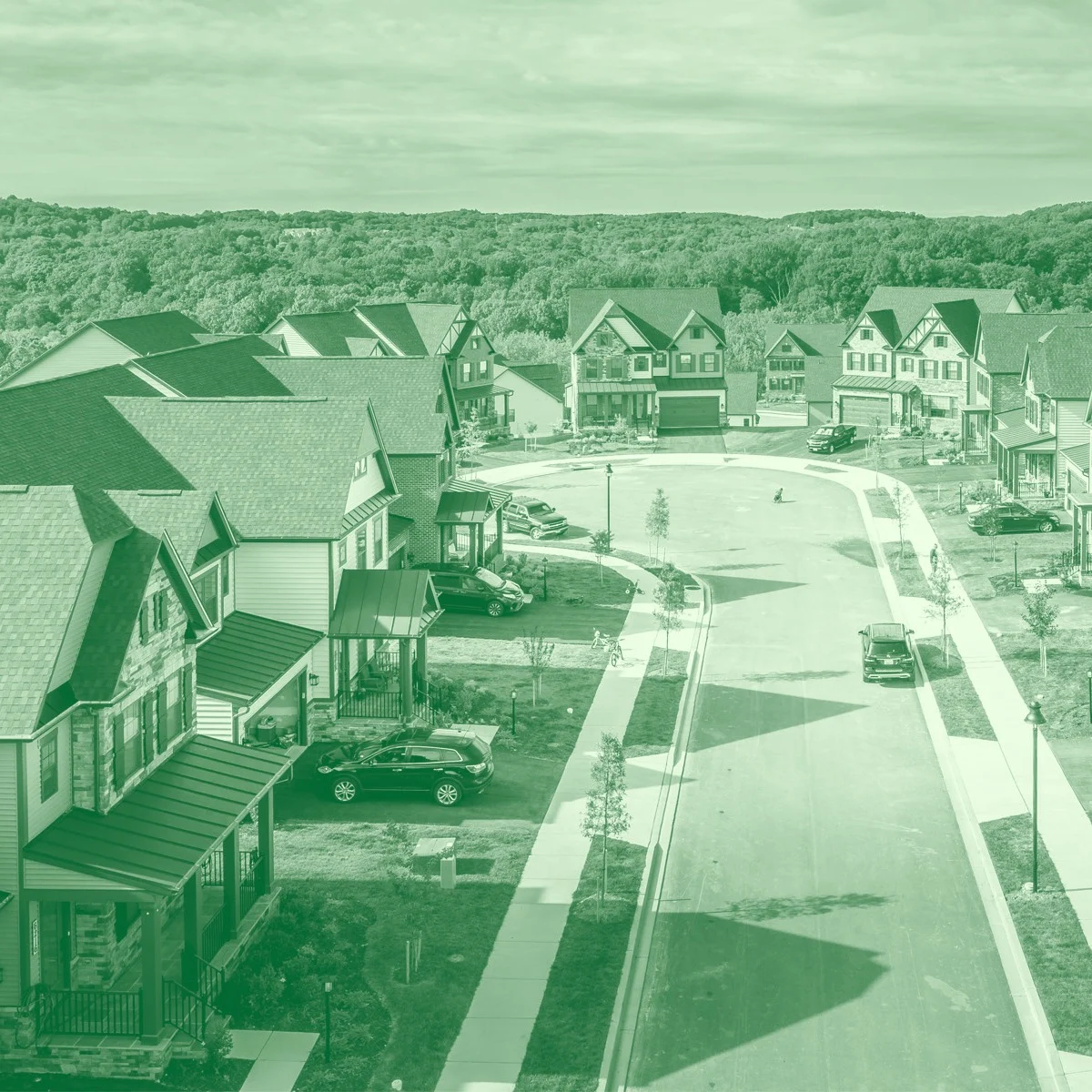If voters in your town recently passed a referendum, your home will likely be reassessed to raise your taxes, even if the ballot question didn’t involve such levies.
While residents are 23 percent more likely to have their homes reassessed upward during the three years after a referendum, the assessments of local tax assessors’ homes tend to be lower than those of their neighbors, says recent research by Lauren Cohen, a professor at Harvard Business School. Assessors’ tax bills also tend to grow significantly more slowly, lowering their bills over time.
Property taxes are the most significant source of revenue for US states and municipalities, and ballot referendums are a popular way to seek policy changes or pursue new initiatives, such as bond sales and school construction. However, inflation-weary taxpayers who take solace in the financial stability of homeownership might be surprised to learn that assessments don’t track the ebb and flow of home values. After analyzing 20 years of data, the researchers found that other factors often influence assessments, opening the process to potential manipulation.
"Municipalities are happy to take higher taxes from you when things go well," says Lauren Cohen, the L.E. Simmons Professor of Business Administration and coauthor of the working paper “Assessing Assessors.” "But when home prices fall, they stay silent.”
These hidden dynamics may surprise homeowners, but they offer an opportunity for businesses and policymakers to reform how government services are funded, say Cohen and coauthor Huaizhi Chen, assistant professor at the University of Notre Dame’s Mendoza College of Business. Focusing specifically on Illinois, the findings offer lessons across the map, as the flexibility that allows municipalities to smooth revenue and fund public services may also create opportunities for individual assessors to benefit.
Using Illinois as a case study
The researchers collected data primarily from the US Census and the Zillow US Home Value Index between 2000 and 2020, looking for patterns in housing values and municipal property taxes.
Property tax revenue was surprisingly stable, even during economic downturns, delivering dependable funding streams to maintain mission-critical public services such as schools, public works, and police and fire departments. However, they found that market values often diverged from assessed values, with market forces accounting for only 8 percent of the variations in assessed values between 2000 and 2019.
To better understand the mechanisms involved, the researchers dug into potential relationships between the passage of school referenda in Illinois and property tax reassessments in those districts between 2006 and 2014. They discovered that homeowners in districts where voters approve bond measures were 5.8 percent more likely to be reassessed, with assessed values increasing by 1.2 percent on average. Market values, however, stayed flat.
The finding suggests that municipalities capitalize on referenda passage to maximize their revenue in anticipation of increases in capital budgets. The idea is that with the new bonds, “we have a shock to the budgetary needs of municipalities,” Chen says. “And we were able to observe how they’re going to adjust their revenue sources because of this shock.”
The researchers chose to look at Illinois because of the transparency of the state’s referendum system. However, “even though everyone has different ways of assessing and calculating market values, we believe that the association between fiscal needs and reassessments is widespread,” Chen notes.
‘Rent-seeking’ in assessor home values
Recognizing that the system allows municipalities to adjust variables to stabilize revenue, the researchers wondered if it also created unintended opportunities for manipulation and self-dealing. To answer that question, they collected data on the homes of local tax assessors. They found that, on average, assessments on those properties grew 0.7 percentage points more slowly each year than those of similar homes nearby. This slight annual difference adds up to a significant 20-to-24 percent gap in the assessed values of the two sets of properties over the study period.
The system allows for so much funny business when we call it a ‘house’ tax—and we get to decide the value of your house.
The researchers also found a link between the degree to which assessors undervalued their own properties and the extent to which the municipalities they served over-assessed properties relative to market values. In support of their findings, Cohen and Chen cite cases in Los Angeles, New York City, and Ascension Parish, Louisiana, involving assessors accused of misconduct in manipulating assessments.
“The system allows for so much funny business when we call it a ‘house’ tax—and we get to decide the value of your house,” Cohen says. “We see that in terms of the flexibility that tax assessors are afforded.”
Yet, in pointing out these cases, the pair say they are not trying to suggest that assessors are singularly manipulating the system. Instead, they aim to illustrate how a lack of transparency creates vulnerabilities and perpetuates the public’s long-held mistrust of the property tax system.
The key to a better system: transparency
Bringing more transparency to the system is a challenge for what the pair call the “political economy”—the nexus between the everyday interests of residents in a town and how elected officials administer it on their behalf.
Towns should dream big about parks, schools, sidewalks, bike paths, and new services. But they should more closely connect those benefits to their costs through better communication with town residents, Cohen notes.
“They could say, ‘Look, we can have a new school, but we’re going to have to pay for it,’” Cohen says. ‘So here’s what’s going to happen: taxes are going to increase in the next three years by this amount.’” The residents might agree or not, he continues, “but having these more transparently tied to each other is one way to get around this kind of murky bridge that currently exists.”
Image by AdobeStock/Tamas.


